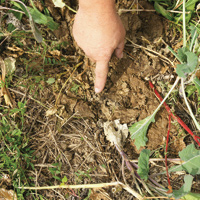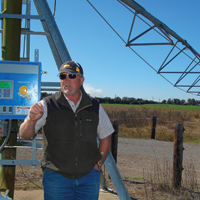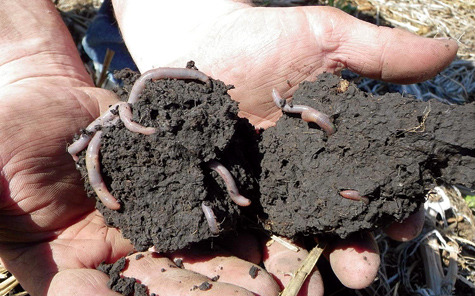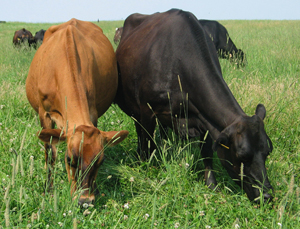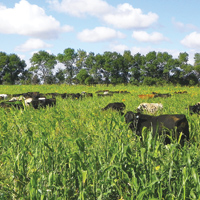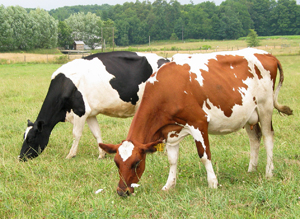It can be done without chemicals
By Gabe Brown
First I want to thank everyone for your phone calls and e-mails with comments and questions. I have tried to respond to each of you individually, but I am going to use this article to respond to by far the most frequently asked question:
“How do I seed a cover crop into an existing pasture?”
I don’t want to kid you. This is not easy, as it is highly dependent on good seed placement and adequate moisture. Continue reading “Seeding cover crops into perennial sod”

